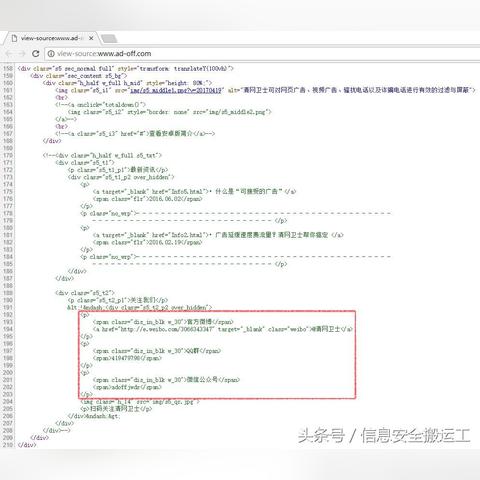玩偶物理冒险
手游专区
在Web开发中,接口跳转有三种常见的方式:使用HTTP头(Header)进行跳转、使用JavaScript进行跳转,以及使用HTML Meta标签进行跳转,下面是每种方式的设置方法:

这种方法通过服务器响应中的Location头部信息通知浏览器进行跳转,在服务器端的代码中实现跳转。
Node.js + Express示例:
const express = require('express');
const app = express();
app.get('/old-url', (req, res) => {
res.redirect(301, 'http://example.com/new-url'); // 301是永久重定向的状态码
});
app.listen(3000, () => {
console.log('Server is running on port 3000');
});
Java Servlet示例:
protected void doGet(HttpServletRequest request, HttpServletResponse response) throws ServletException, IOException {
response.sendRedirect("http://example.com/new-url"); // 302是临时重定向的状态码
}
这种方法通过在客户端的JavaScript代码中进行跳转,通常用于单页应用(SPA)或者需要在客户端处理复杂逻辑的场景。
示例:
<script>
window.location.href = 'http://example.com/new-url'; // 同步跳转
// 或者使用异步方式:
window.location.replace('http://example.com/new-url'); // 替换当前页面,不留下历史记录
</script>
这种方法通过HTML标签中的Meta标签来指定页面加载后自动跳转,通常用于静态页面或者在页面中需要延迟一段时间再进行跳转的场景。
<!DOCTYPE html> <html> <head> <meta charset="UTF-8"> <meta http-equiv="refresh" content="5;url=http://example.com/new-url"> <!-- 5秒后跳转 -->>Page Redirect</title> </head> <body> <p>Please wait, redirecting...</p> </body> </html>
本文转载自互联网,如有侵权,联系删除